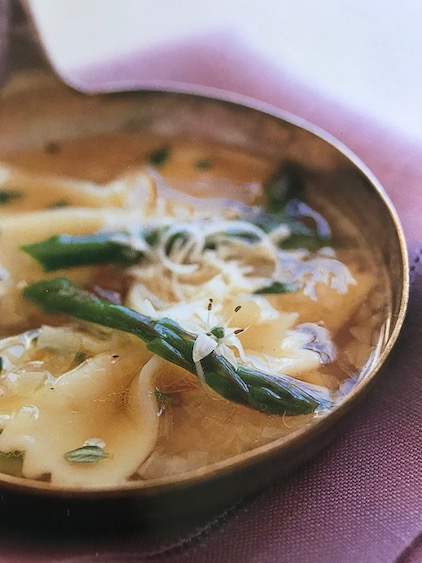FIRST-WORLD PROBLEMS, WHITE WHINES (AND OLIVE OIL BRAISED POTATOES)
Ciao'd while watching the French Open.
Before you play the race card on me, the white whine moniker was coined by Streeter Seidell, author of White Whine: A Study of First World Problems (2013, F+W Media, Inc.). If you take a step back, you have to admit that the title is not only brilliant but true, too.
Lately, I have been hearing a lot of complaining among my crowd about persnickety “problems.” There’s a Hatfield and McCoy battle waging at my tennis club (that alone raises the eyebrow). Non-members are attending tennis clinics. And they are super loud, laughing and calling to each other on a court adjacent to courts occupied by members. Said members are consequently bugged to distraction. Granted the noise is not prescribed tennis etiquette but it begs the question: if the pros at the US Open can play through rowdy crowds, why can’t a 3.0 player just get on with it?
Here’s another first-world whine: Queuing to get on your flight to Hawaii/Mexico/Europe because your miles did not sweep you through to first class.
Oh, and another one: A crying baby on that flight to paradise.
And how about this: Standing behind a person with 16 items in the 12-item market cash-out line.
And this: Candy corn or Peeps not sold all year long.
I can go on:
Your kid not getting into the college dorm he wanted.
And on: A sweat-showering person posing next to you in hot yoga.
And one (or two) more: No WI-FI. Wonky GPS.
Listen, I am guilty of more than one of the whines above. Stuff bugs me, too; however, in light of what transpires beyond the entitled masses, I am trying to maintain perspective.
I’m thinking about stuff like this:
For 1 billion people safe water is scarce. It takes less than 3 seconds for the water to cascade from our faucets (thewaterproject.org).
Around the world, 62 million girls are not in school (usaid.gov).
42 million – roughly one in eight Americans – rely on food stamps (CNN Money). These are fellow Americans who make only (or less than) $26, 600 a year for a family of three. Do the math - approximately $555 a week – for EVERYTHING.
More than 13 million kids in this country go to school hungry (No Kid Hungry).
In a single night in California in 2016, 21.48% of the population experienced homelessness. In New York, 15.7% (National Alliance to End Homelessness).
I could go on with these stats but I think you get my drift.
Am I an activist? Do I have an answer for these real problems? No, but I think I finally became less of an ostrich and more of an eagle. I am well aware of the strife in the world but, until recently, it swirled around me rather than alighted upon me.
When I was overwhelmed, my grandmother told me, “Take one step and your other foot will follow.” Recognizing that something needs a solution is the first step to making it happen. So I guess this post is the first step.
This recipe for Olive Oil Braised Potatoes with Sage and Bay Leaf pays tribute to another strife. During the mid-19th century, a blight destroyed virtually every potato in Ireland, a staple for the country’s population. About 1 million people perished. Seriously, aren't we so blessed?
OLIVE OIL BRAISED POTATOES WITH SAGE AND BAY LEAF
Cooking the potatoes in olive oil elicits their creamy, buttery flavor.
Serves 4
3 tablespoons extra-virgin olive oil
1 ½ pounds small red potatoes, halved
1 small shallot, minced
1 tablespoon finely chopped fresh sage
1 small bay leaf
1 cup chicken stock + more if needed
Salt and pepper
1 tablespoon finely chopped fresh parsley
Heat the olive oil in a large skillet over medium-high heat. Add the potatoes, shallot, sage and bay leaf. Cook, stirring, until the potatoes are fork tender, about 10 minutes.
Add the chicken stock, bring to a boil, reduce heat to a simmer and cook until the potatoes are tender, about 20 minutes. If the potatoes dry out, add a bit more liquid.
Season to taste with salt and pepper. Sprinkle with the parsley, and serve.












